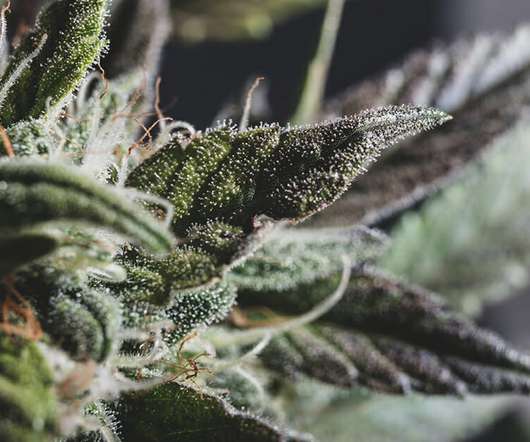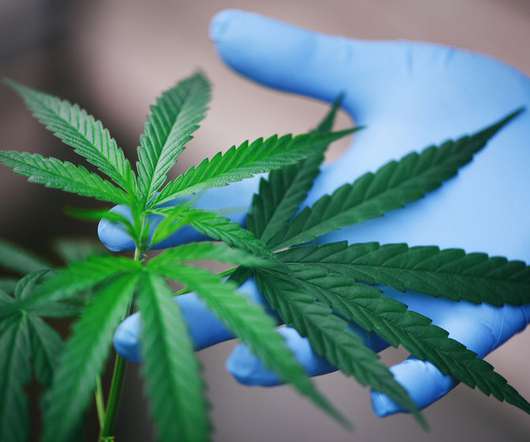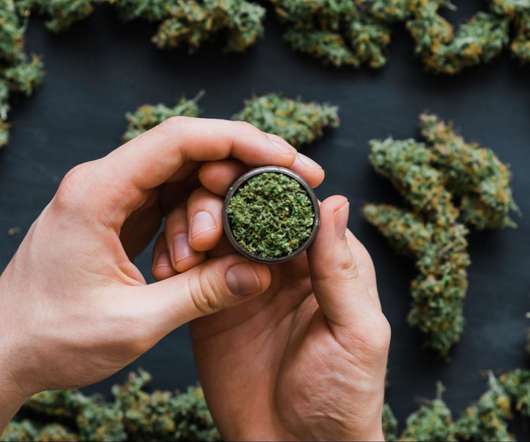Best Marijuana Strains for Stress
Kind Meds (Cannabis Education Blog)
APRIL 25, 2022
Just as some strains are cultivated for pain reduction properties and others are known to boost energy or provide restful sleep, some marijuana strains are considered more effective at helping to manage stress. Interactions between endocannabinoids and receptors help to regulate mood, memory, appetite, and even sleep.












Let's personalize your content